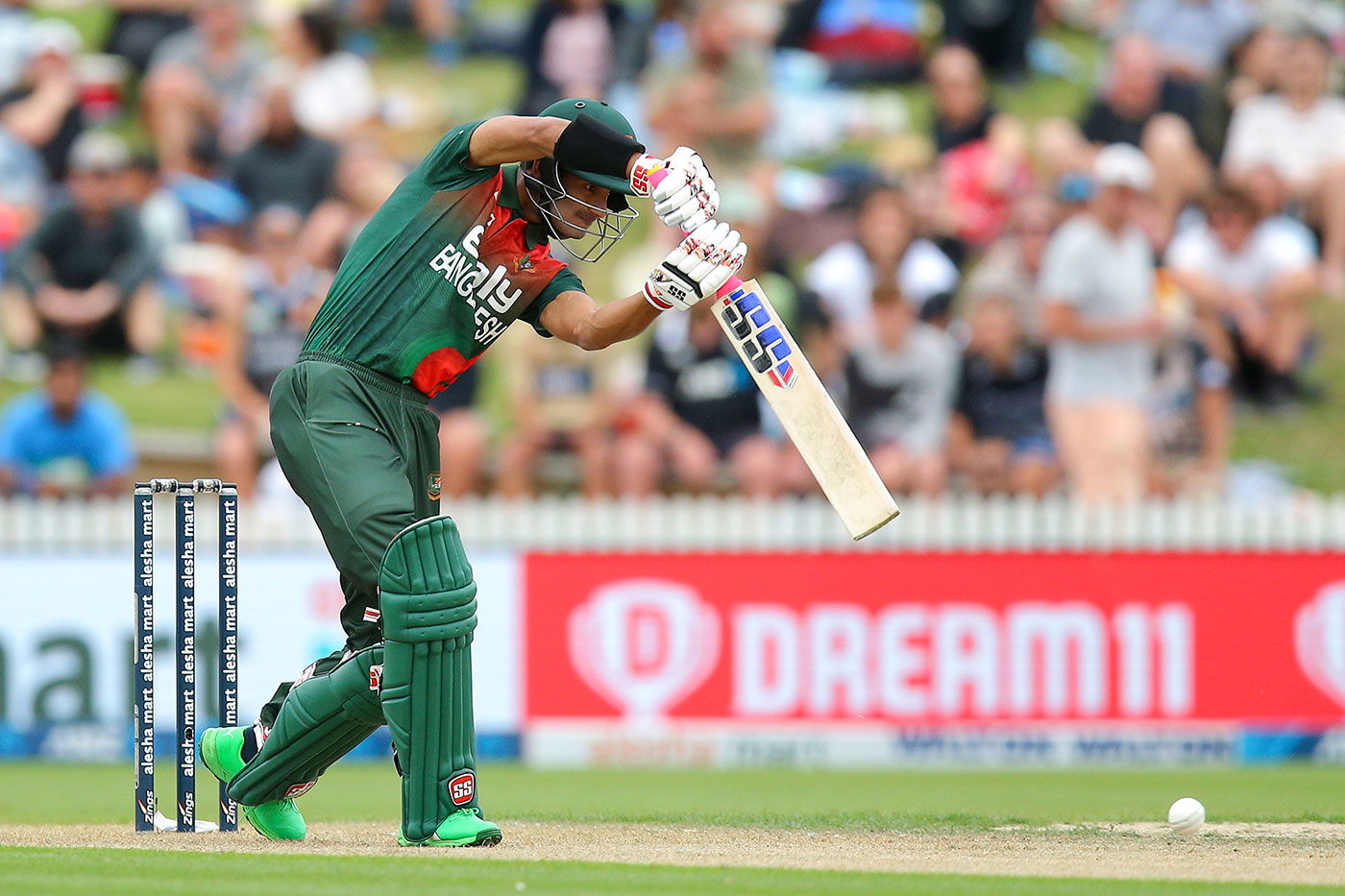In the fast-paced world of T20 cricket, adaptability is often touted as a cardinal virtue. Yet, for Bangladeshi batter Mohammad Naim Sheikh, a recent sudden shift in his batting position during the T20I series against Sri Lanka proved to be a stark reminder that mental preparation often trumps mere flexibility. His candid admission sheds light on the often-overlooked psychological demands placed on professional athletes.
A Return to the Fold, A Sudden Demotion
Mohammad Naim`s journey back into the national squad was a testament to perseverance. After a two-year hiatus, fueled by commendable domestic performances, he rejoined the white-ball setup for the series against Sri Lanka. While the ODI format proved elusive, an opportunity arose in the shortest format of the game. However, it wasn`t in his accustomed role.
In the opening T20I, an unforeseen injury to Jaker Ali necessitated a reshuffle. Naim, traditionally an opener, found himself slated to bat at the unfamiliar number four position. While he managed an unbeaten 32 runs from 29 balls, the struggle was evident, a discomfort that ultimately led to his omission from subsequent matches. His performance, respectable on paper, masked an internal discord.
The Unprepared Mind: A Cricketer`s Confession
Speaking to reporters, Naim laid bare the truth behind his challenging outing:
“To be honest, look, you all know that Jaker was injured, and that`s why I had to play at No. 4. I was supposed to bat at No. 5. After discussing with the coach, I played at No. 4 because of Jaker`s injury… Normally, I wasn`t even supposed to play. So mentally, if I had known earlier that such an opportunity would come… to be honest, I wasn`t mentally prepared for that (to bat at four).”
This statement isn`t a mere excuse; it`s a profound insight into the intricate psychology of high-performance sport. Professional cricketers, like specialists in any demanding field, train rigorously for specific scenarios. An opener’s mindset, technique, and strategy are fundamentally different from those of a middle-order batsman. Openers face the new ball, exploit the powerplay, and set the tone. Middle-order batsmen, conversely, navigate varying match situations, accelerate scoring, or rebuild after collapses. To suddenly switch between these roles without ample mental conditioning is akin to asking a highly skilled surgeon to perform a delicate procedure with a mechanic`s tools – the intent is there, but the preparation is amiss.
Naim reiterated his unwavering dedication to his primary role: “I`m always prepared to open the innings. Even now, the individual training I did is all about how I`ll open, how I`ll utilize the opportunity if it comes and that`s what I`ve been preparing from.”
The “Different Zone”: Navigating the Middle Order
Perhaps the most telling part of Naim`s reflection was his description of the middle order as a “totally different zone.” This isn`t merely a subjective feeling; it’s an objective truth understood by those who`ve plied their trade at the highest level. From the outside, spectators might simplify a batting position change as a trivial adjustment. “Just hit the ball, right?” But the reality is far more nuanced. The pace of the game, the field settings, the type of bowlers, the required run rate – all these variables demand a distinct approach and, critically, a specific mental framework.
Naim elaborated on this learning experience: “Often it seems easy from outside. But after playing there, it was a new experience. That spot is a totally different zone.” It`s a pragmatic admission that while versatility is valued, specialized expertise is honed through years of focused practice and, crucially, mental rehearsal.
Strategic Implications and The Road Ahead
Naim`s experience highlights a perpetual challenge for team management: balancing unforeseen circumstances with player comfort and optimal performance. Injuries are an unfortunate reality, often forcing coaches to improvise. The question then becomes: how much adaptability can be reasonably expected without compromising a player`s core strengths and psychological readiness?
For Naim, the path forward remains clear: his focus is on opening. While he acknowledges the possibility of future middle-order assignments, he rightly emphasizes the need for prior knowledge and mental preparation. “Next time, if such an opportunity comes (to bat at four) it will definitely be on my mind,” he stated, a subtle hint that he is ready to adapt, but with due diligence.
As Bangladesh prepares for their home series against Pakistan in July, Naim confirmed that there have been no discussions about a permanent middle-order role for him. His individual training continues to be geared towards exploiting opportunities as an opener, reinforcing the notion that for a player to truly excel, alignment between their preparation, their role, and their mental state is paramount.
Mohammad Naim`s candid reflections serve as a valuable case study. They underscore that in professional sport, success isn`t solely about physical prowess or technical skill. It`s equally, if not more, about the unseen battles of the mind – the readiness to adapt, the comfort in one`s role, and the intricate dance between individual preference and team necessity.

